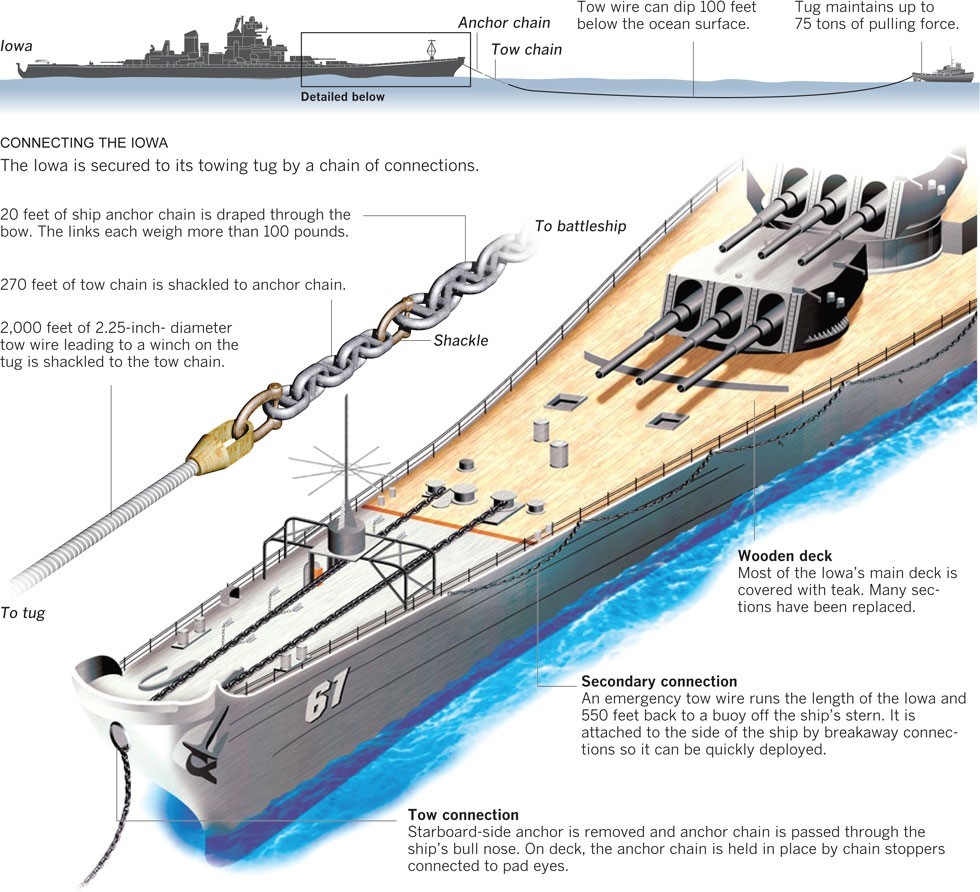
Iowa Parking Laws: Understanding the Basics
Iowa has a number of parking laws relating to various types of parking and parking, as well as laws specific to specific locations. Local cities and towns often adopt state ordinances, although there may also be specific local laws that you will need to adhere to when parking your vehicle. In many cases, there will be signs indicating where you can and cannot park. There are also a number of laws that apply throughout the state, and it's good for every Iowa driver to know and understand these rules. Failure to comply with these rules may result in a fine and possible evacuation of the vehicle.
Parking in Iowa
Parking is prohibited in some places. Drivers are not allowed to stop, stand or park in different places. For example, the only vehicle that can stop, get up, or park on the sidewalk is a bicycle.
Vehicles are not allowed to park in front of public or private driveways. This will prevent vehicles from entering or exiting the driveway, and in many cases your vehicle will be towed to park in one of these areas. This is an inconvenience for those who need to use the access road.
Naturally, drivers are not allowed to park at intersections and pedestrian crossings. You should never park your car along or in front of any street that has earthworks or any obstructions as this will impede traffic. Iowa drivers are also required to stay at least five feet away from a fire hydrant when they park. When parking, they must be at least 10 feet from either end of the security zone.
You will need to park at least 50 feet from the railroad crossing. When parking near a fire station, you must be at least 25 feet away. However, if the station has signs, you must be at least 75 feet away. Local ordinances will take precedence, so pay attention to any signs indicating where you can park in relation to the fire station.
Iowa often experiences heavy snow during the winter. Vehicles are not allowed to park on streets that have snow specified for cleaning. If there is a ramp or ramp next to the curb, vehicles are also not allowed to park in front of those areas. They are needed to access the curb.
In addition, vehicles are not allowed to park together. Even if you plan to stop just long enough to let passengers out, it's against the law. Double parking is when you pull up and stop to park on the side of an already parked car.
In some cases, the police are allowed to evacuate your vehicle from certain locations. Under parking law 321.357, they can remove cars left unattended on a bridge, tunnel, or dam if they block or slow down traffic, even if the car is legally parked.